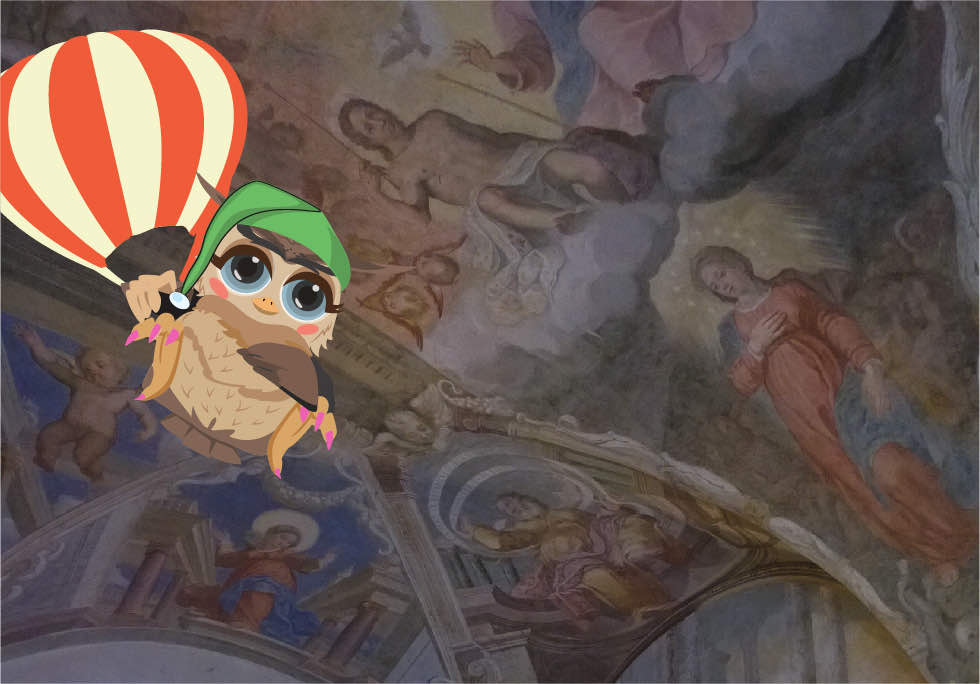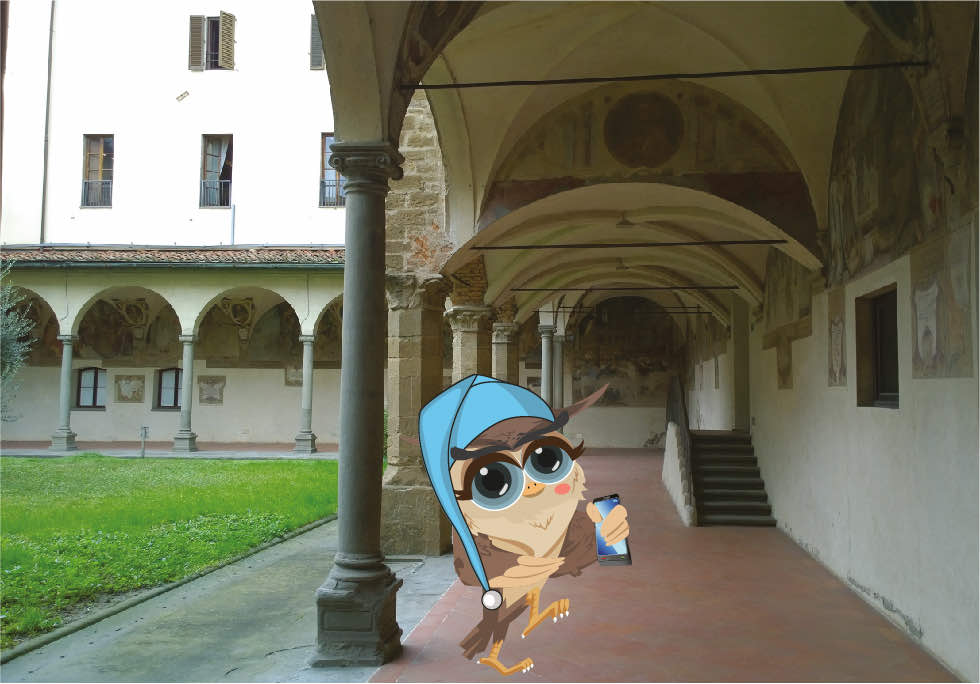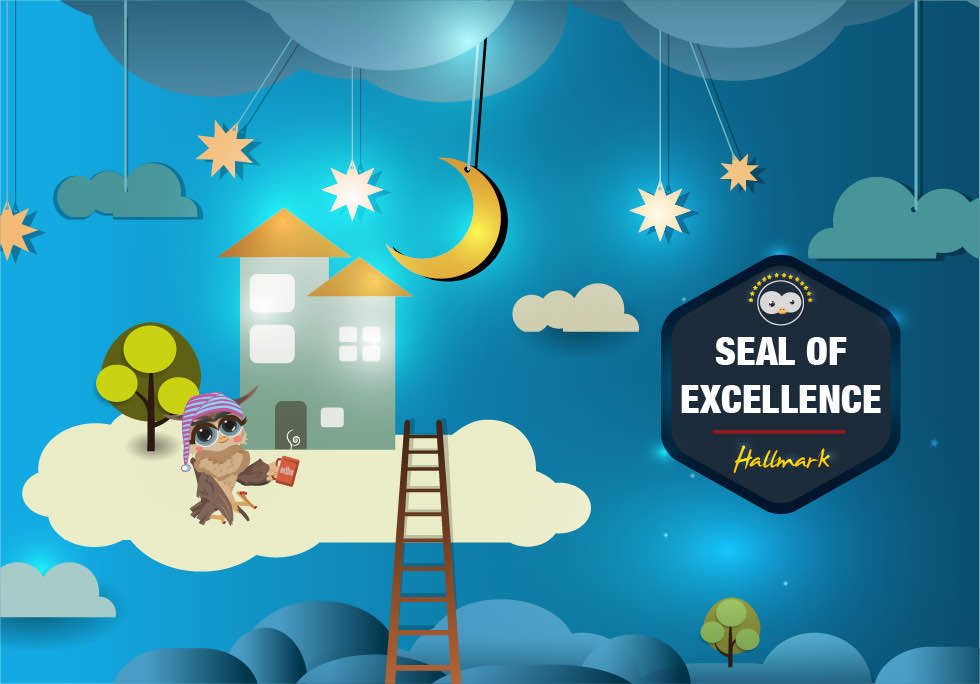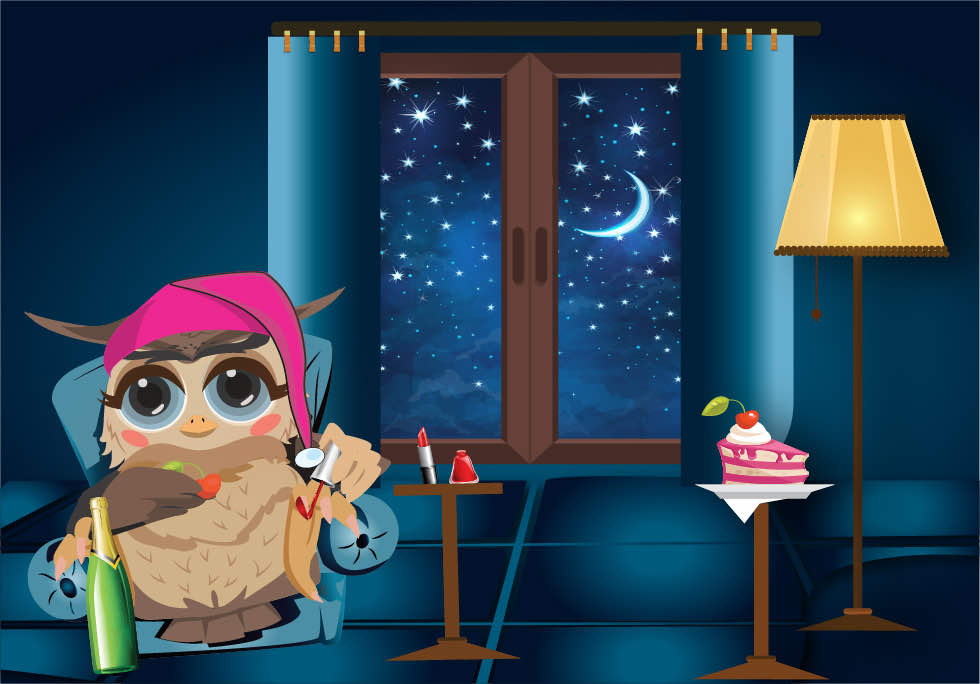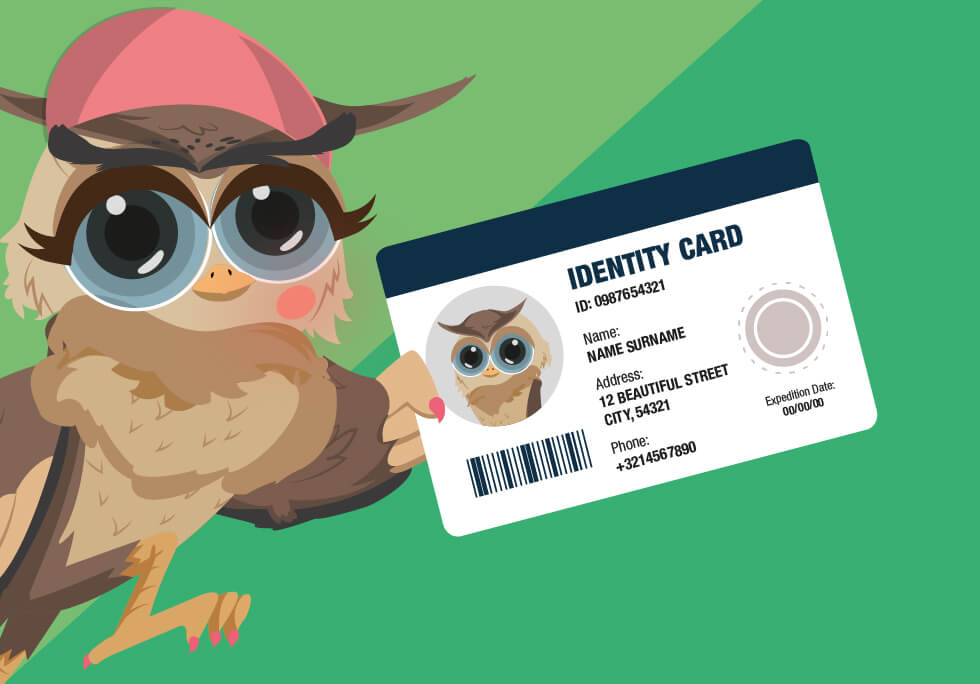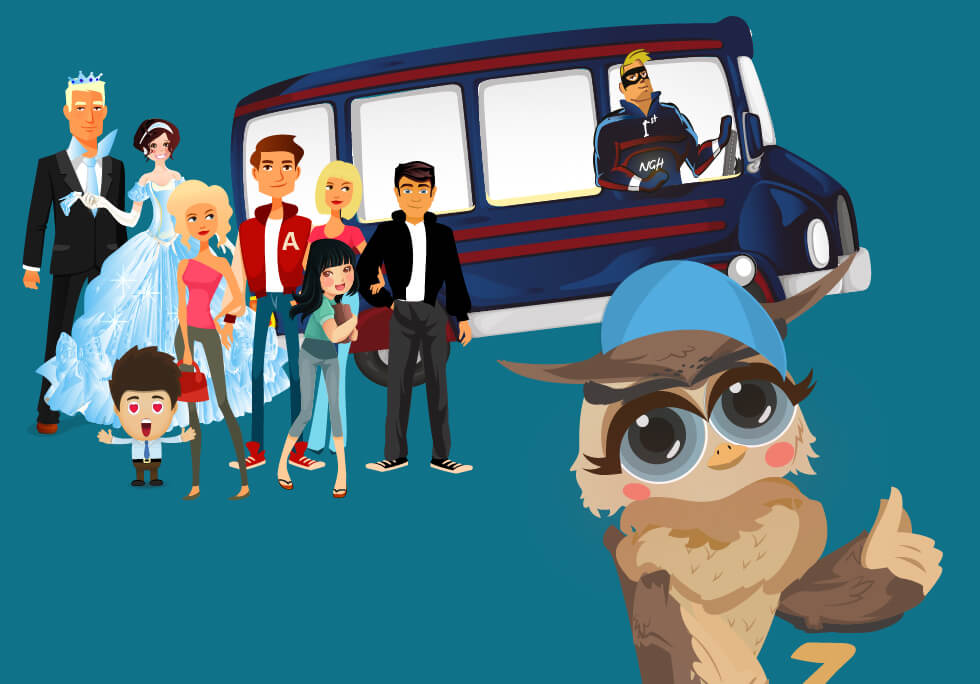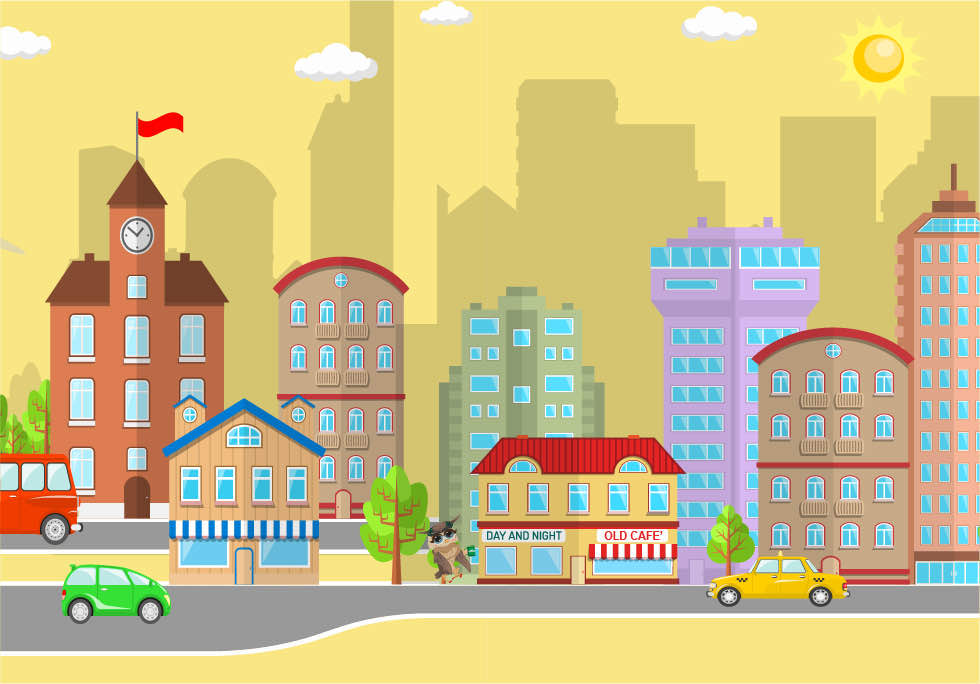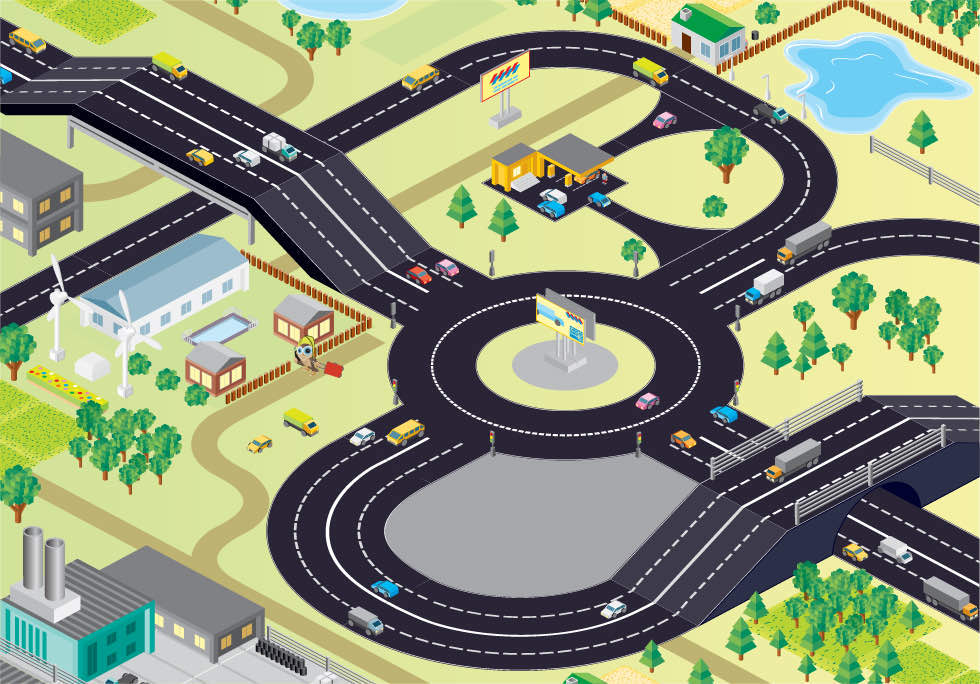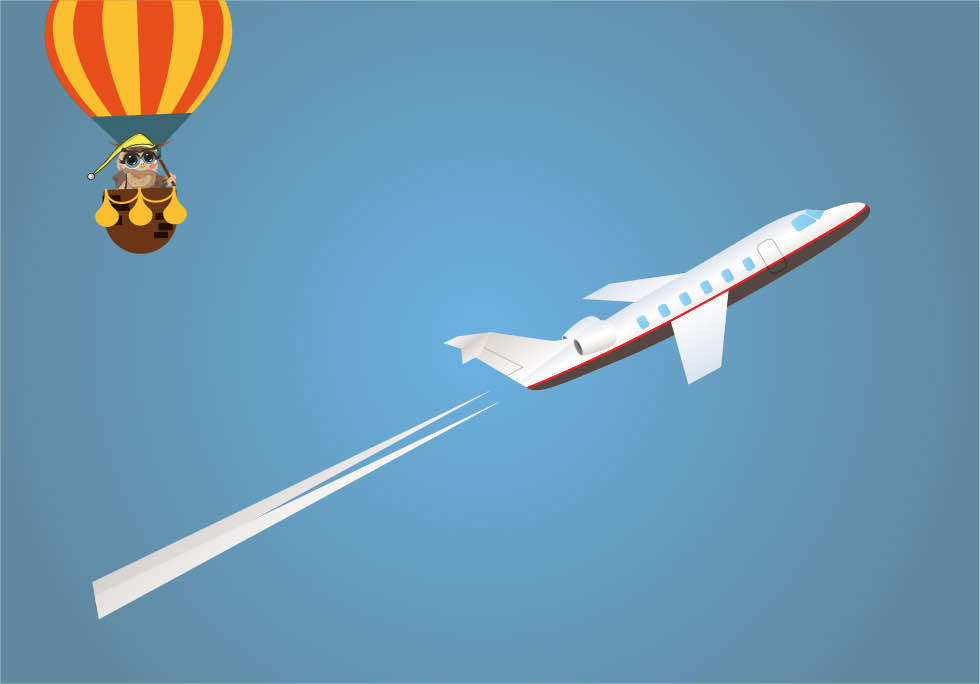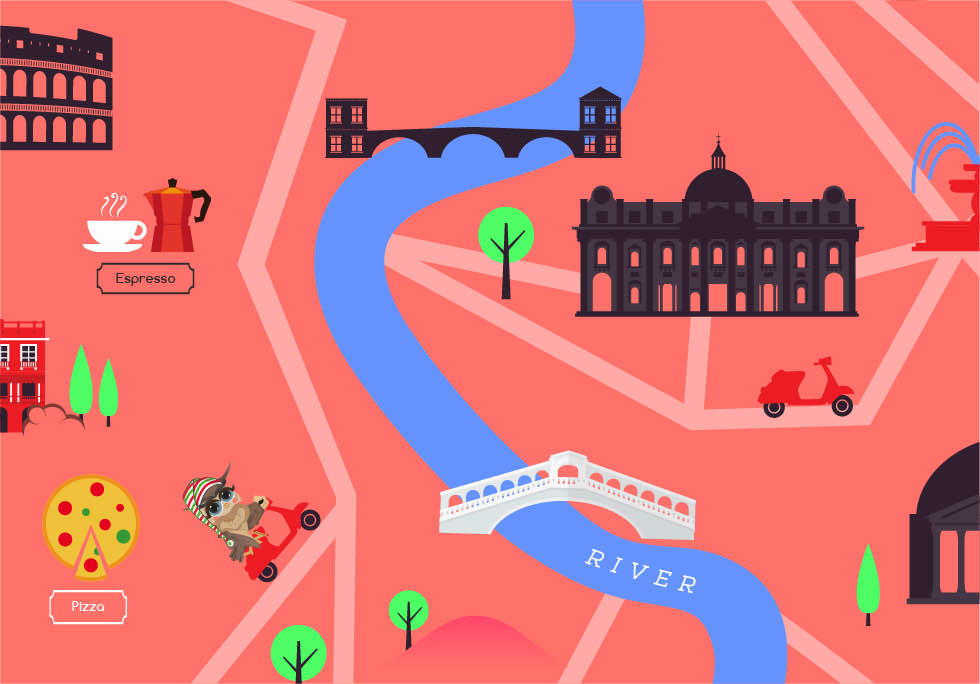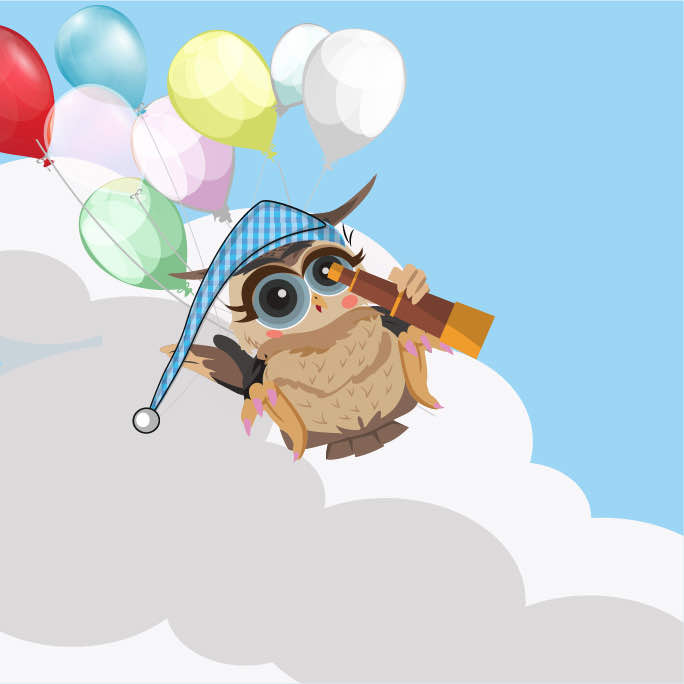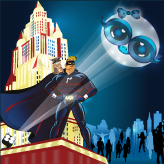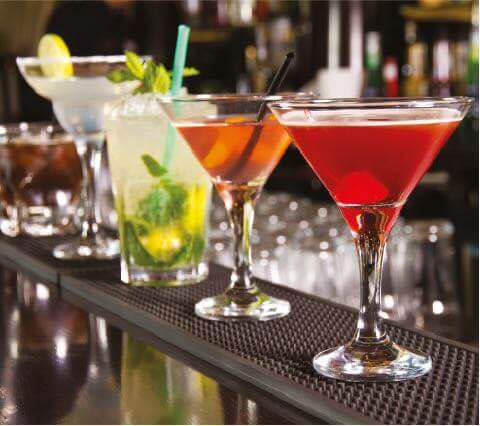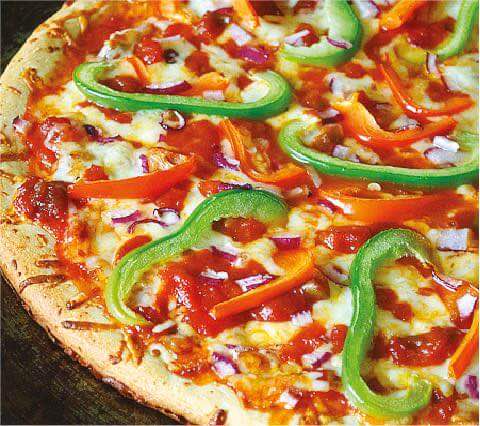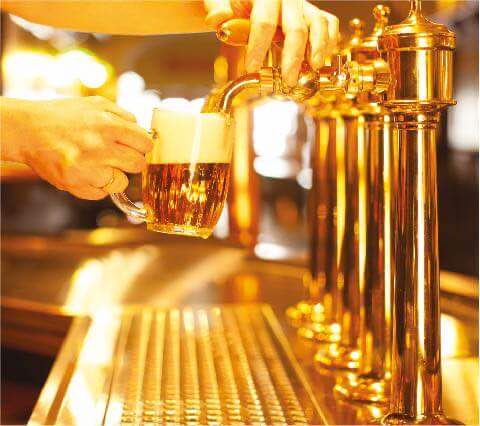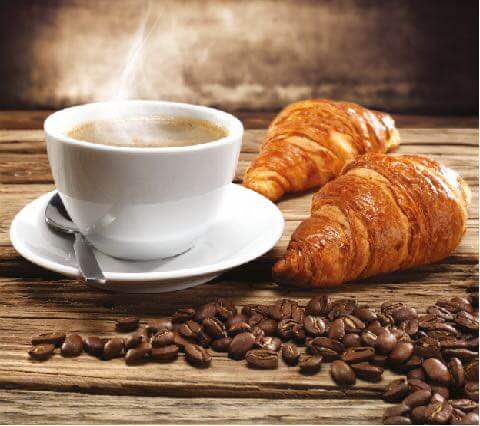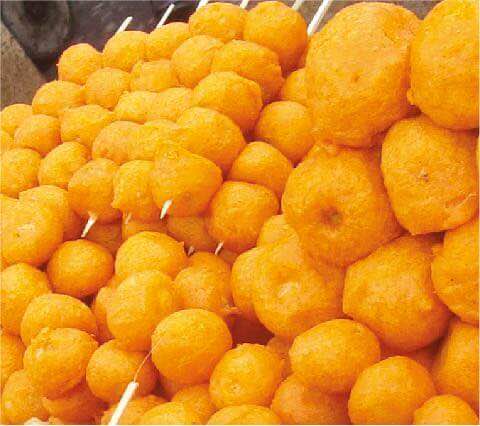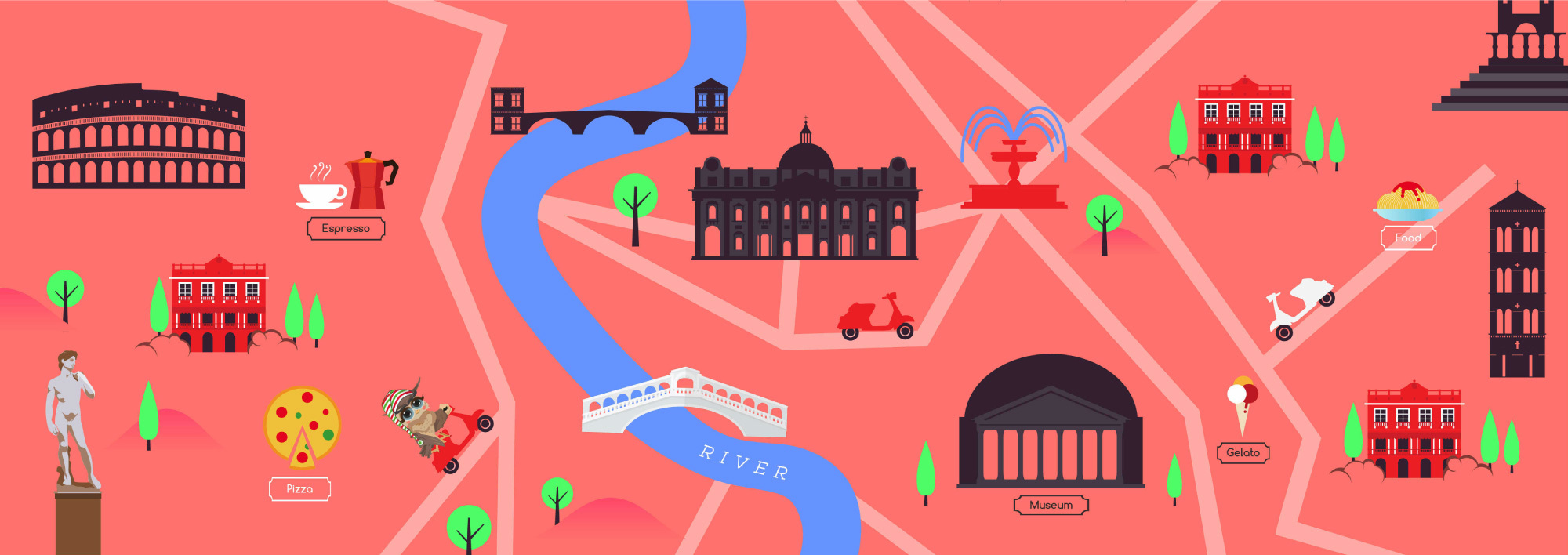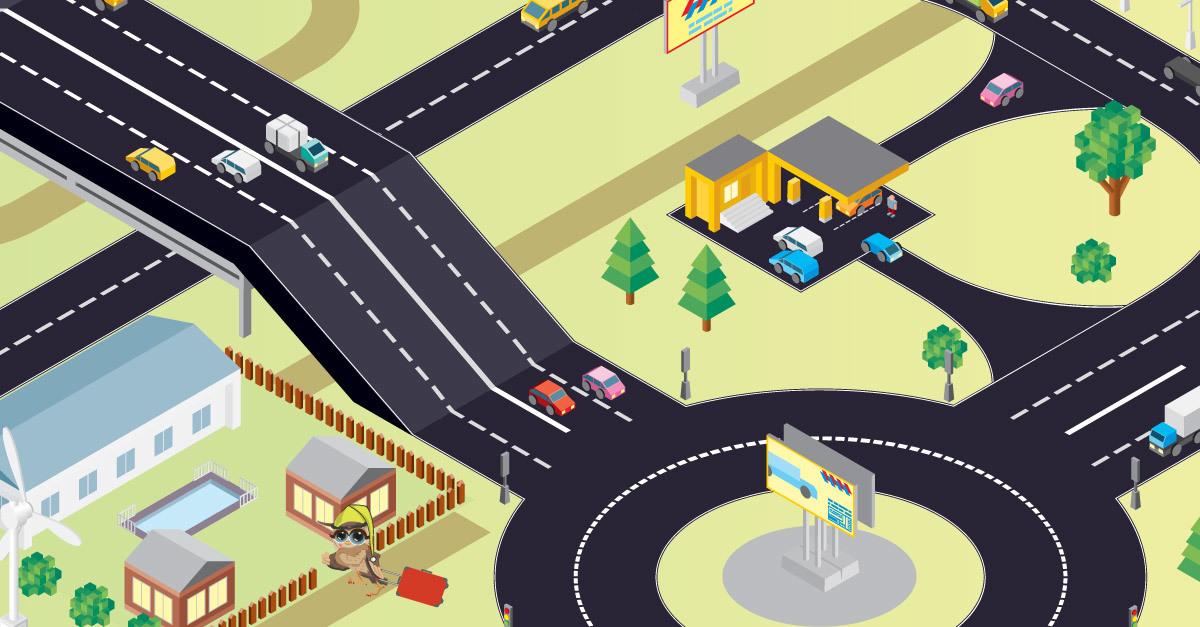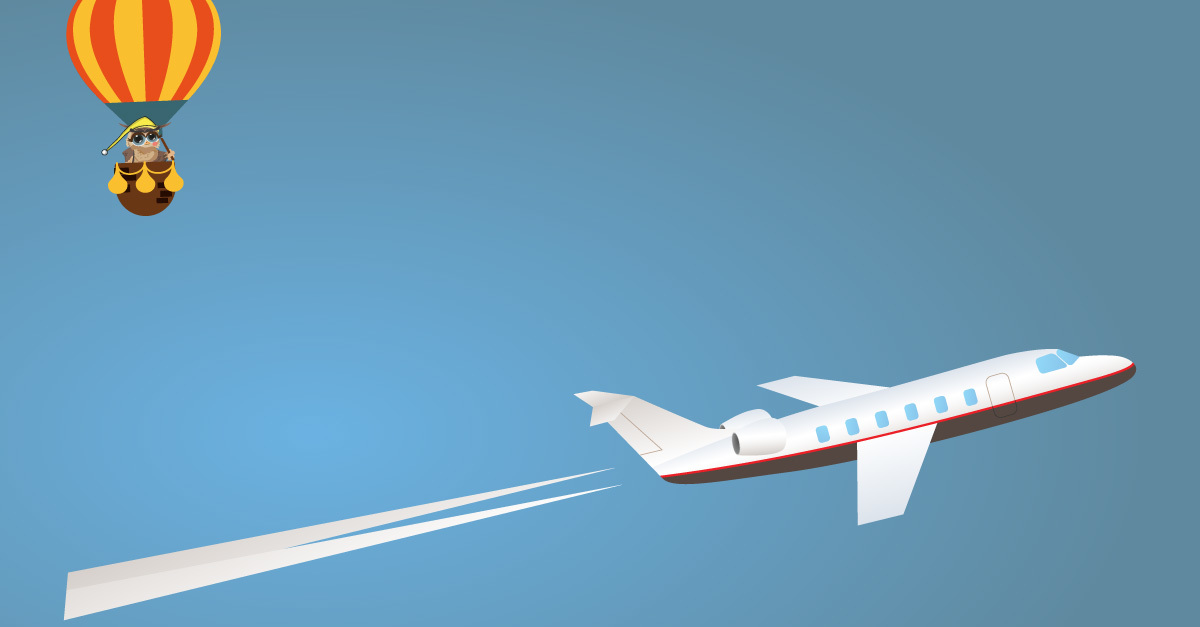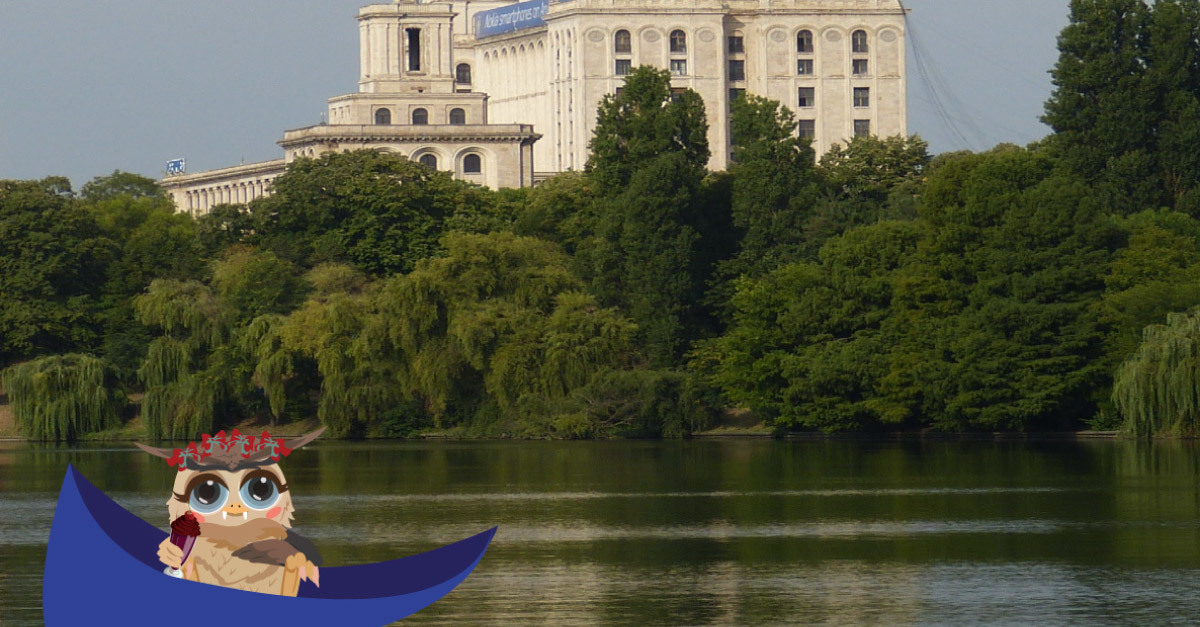BOOK NOW!
SEARCH
WHAT TO SEE IN BUCHAREST
Romania’s vibrant and chaotic capital is the top attraction for visitors
looking to experience something different and authentic.
Below you can find some tips and information so you can tour the city in total freedom.
FAST VISIT AROUND THE HOSTEL
THE PALACE OF PARLIAMENT
A must of any Bucharest visit, the Palace of the Parliament, also known as the House of the People, is no doubt the most famous landmark of Romania’s communist period. One of the most impressive and controversial constructions in the world, the House of the People is an unforgettable symbol of a regime that irremediably reshaped the country’s history. Located nearby the quaint Old Centre and over the Dâmbovița river, the Palace is the world’s heaviest and its second largest administrative building, after the Pentagon. The colossal 1,100-room edifice, today’s headquarters of the Romanian Parliament, was built by former dictator Nicolae Ceauşescu.
PRIMĂVERII PALACE
As dictators’ stories go, while elsewhere in Bucharest people were suffering from electricity and heat shortages, in one particular villa in the north of Bucharest there was always plenty of water to fill a mosaic-decorated swimming pool and heat for the exotic plant greenhouse. Additionally, Primăverii Palace, the home of former dictator Nicolae Ceauşescu and his family, even had gold plated faucets in its master bathroom as well as a private spa. Today a museum, the residence can be visited as part of group and private tours.
CURTEA VECHE
Curtea Veche is a small archeological site in the Old Town of Bucharest. It used to be a residential palace of Vlad III Dracula in the 15th century. So if you want to see the statue of Dracula, this is the place to be.
COTROCENI PALACE
Since 1991 the residence of the President of Romania, Cotroceni Palace, has shared in the city’s tumultuous history. A former royal residence of King Carol I, as soon as the Communist regime was established in the country in 1947, it was seized and turned it into the headquarters of the Communist party. The part that is open to the public, the Cotroceni Museum, has on display a large and valuable collection of books, paintings, sculptures, and icons.
SHOPPING IN BUCHAREST
Unirea Shopping Centre Shopping in Bucharest old town is an experience in itself. This shopping center is a regular shopping center for all your regular shopping needs. Standing here for years, it has become a part of the old town landscape. This structure may look a bit dated, but it lies in the heart of the city. There is also a huge Mega Image supermarket which can be found in the basement. The Complex Commercial Rahova Shopping in Bucharest is a luxury Mall, but this one is a bit different. This isn't the place for people who don't like crowds. Here you will find from branded and designer clothes to bouquets and plants, to accessories from over 40 Romanian designers- both established and upcoming ones. Carturesti Carusel is the most amazing bookshop and it dates from the 19th century. The building was gifted life by a team of architects and the design itself is worth seeing even if you aren't particularly fond of books. Apart from the books on sale, there is also a gallery as well as an exhibition area. If you get hungry then there is a bistro on the top floor.
THE PALACE OF PARLIAMENT
A must of any Bucharest visit, the Palace of the Parliament, also known as the House of the People, is no doubt the most famous landmark of Romania’s communist period. One of the most impressive and controversial constructions in the world, the House of the People is an unforgettable symbol of a regime that irremediably reshaped the country’s history. Located nearby the quaint Old Centre and over the Dâmbovița river, the Palace is the world’s heaviest and its second largest administrative building, after the Pentagon. The colossal 1,100-room edifice, today’s headquarters of the Romanian Parliament, was built by former dictator Nicolae Ceauşescu.
PRIMĂVERII PALACE
As dictators’ stories go, while elsewhere in Bucharest people were suffering from electricity and heat shortages, in one particular villa in the north of Bucharest there was always plenty of water to fill a mosaic-decorated swimming pool and heat for the exotic plant greenhouse. Additionally, Primăverii Palace, the home of former dictator Nicolae Ceauşescu and his family, even had gold plated faucets in its master bathroom as well as a private spa. Today a museum, the residence can be visited as part of group and private tours.
CURTEA VECHE
Curtea Veche is a small archeological site in the Old Town of Bucharest. It used to be a residential palace of Vlad III Dracula in the 15th century. So if you want to see the statue of Dracula, this is the place to be.
COTROCENI PALACE
Since 1991 the residence of the President of Romania, Cotroceni Palace, has shared in the city’s tumultuous history. A former royal residence of King Carol I, as soon as the Communist regime was established in the country in 1947, it was seized and turned it into the headquarters of the Communist party. The part that is open to the public, the Cotroceni Museum, has on display a large and valuable collection of books, paintings, sculptures, and icons.
SHOPPING IN BUCHAREST
Unirea Shopping Centre Shopping in Bucharest old town is an experience in itself. This shopping center is a regular shopping center for all your regular shopping needs. Standing here for years, it has become a part of the old town landscape. This structure may look a bit dated, but it lies in the heart of the city. There is also a huge Mega Image supermarket which can be found in the basement. The Complex Commercial Rahova Shopping in Bucharest is a luxury Mall, but this one is a bit different. This isn't the place for people who don't like crowds. Here you will find from branded and designer clothes to bouquets and plants, to accessories from over 40 Romanian designers- both established and upcoming ones. Carturesti Carusel is the most amazing bookshop and it dates from the 19th century. The building was gifted life by a team of architects and the design itself is worth seeing even if you aren't particularly fond of books. Apart from the books on sale, there is also a gallery as well as an exhibition area. If you get hungry then there is a bistro on the top floor.
THE NATIONAL MUSEUM OF ROMANIAN HISTORY
This museum has on display the most outstanding collection of gold artifacts in the country, including jewelry and votive objects. The highlight are the solid gold Dacian bracelets, with a complex role, serving as high rank insignia, votive offerings, and ornaments which were unearthed at Sarmizegetusa Regia.
This museum has on display the most outstanding collection of gold artifacts in the country, including jewelry and votive objects. The highlight are the solid gold Dacian bracelets, with a complex role, serving as high rank insignia, votive offerings, and ornaments which were unearthed at Sarmizegetusa Regia.
BELLU CEMETERY
If Paris has Père Lachaise, Bucharest has Bellu Cemetery. This historic graveyard is the final resting place of many famous Romanian artists, actors, scientists, sportsmen, and women. But the most interesting graves are often those of the members of aristocratic families. Often hinting to dramatic events, they are accompanied by beautiful marble statues of madonnas and angels, or large scale monuments and memorials.
If Paris has Père Lachaise, Bucharest has Bellu Cemetery. This historic graveyard is the final resting place of many famous Romanian artists, actors, scientists, sportsmen, and women. But the most interesting graves are often those of the members of aristocratic families. Often hinting to dramatic events, they are accompanied by beautiful marble statues of madonnas and angels, or large scale monuments and memorials.
SNAGOV MONASTERY
Located just outside of Bucharest, Snagov Monastery is also known as Vlad Țepeș Monastery, due to its connection to the former Prince of Walachia, Vlad the Impaler. Supposedly, after he was killed in the battle of 1476 by the Ottoman Turks, Vlad the Impaler was buried by monks somewhere on the site of the monastery.
Located just outside of Bucharest, Snagov Monastery is also known as Vlad Țepeș Monastery, due to its connection to the former Prince of Walachia, Vlad the Impaler. Supposedly, after he was killed in the battle of 1476 by the Ottoman Turks, Vlad the Impaler was buried by monks somewhere on the site of the monastery.
DOMNIȚA BĂLAȘA
What sets apart this 19th century church apart—whose interior lends from Western architectural tradition—are the stained glass windows made in Germany, as well as the marble statues that are remote from the Christian Orthodox tradition. Moreover, the church is well known for its exceptional acoustics and oil paintings by Viennese artists. In the courtyard a statue of Princess Bălașa herself is one of the finest works by Romanian sculptor Frederic Storck monastery.
What sets apart this 19th century church apart—whose interior lends from Western architectural tradition—are the stained glass windows made in Germany, as well as the marble statues that are remote from the Christian Orthodox tradition. Moreover, the church is well known for its exceptional acoustics and oil paintings by Viennese artists. In the courtyard a statue of Princess Bălașa herself is one of the finest works by Romanian sculptor Frederic Storck monastery.
TAKE A WALK ON VICTORIEI AVENUE
Stretching on 2.7 kilometers from United Nations Square to Victoriei Square, a walk on Victoriei Avenue is not only the best way to see the main historical and cultural attractions of the capital, but also an excellent starting point to explore Bucharest off the beaten track as the avenue intersects with smaller streets with their own old houses and monuments. The major attractions of the avenue include the National Museum of History, CEC Palace, the Military Palace, the Revolution Square, the National Museum of Art, the Atheneum, the Museum of Art Collections and Cantacuzino Palace that hosts the Museum George Enescu.
Stretching on 2.7 kilometers from United Nations Square to Victoriei Square, a walk on Victoriei Avenue is not only the best way to see the main historical and cultural attractions of the capital, but also an excellent starting point to explore Bucharest off the beaten track as the avenue intersects with smaller streets with their own old houses and monuments. The major attractions of the avenue include the National Museum of History, CEC Palace, the Military Palace, the Revolution Square, the National Museum of Art, the Atheneum, the Museum of Art Collections and Cantacuzino Palace that hosts the Museum George Enescu.
ROMANIAN ATHENEUM
With its ornate dome and iconic columns, the Romanian Atheneum is one of the major landmarks of Bucharest. The concert hall, which hosts most concerts during the world-famous classical music festival, George Enescu, features 75 square meters long and 3 meters wide fresco depicting the history of the Romanian people.
With its ornate dome and iconic columns, the Romanian Atheneum is one of the major landmarks of Bucharest. The concert hall, which hosts most concerts during the world-famous classical music festival, George Enescu, features 75 square meters long and 3 meters wide fresco depicting the history of the Romanian people.
DIMITRIE GUSTI NATIONAL VILLAGE MUSEUM
Dimitrie Gusti National Village Museum (Muzeul Satului in Romanian) is an open-air exhibition showing traditional Romanian village life as it was in the past. It’s also the most visited museum in Romania. The Village Museum is a nice place to visit on a sunny day. Ideal for families with kids as well. There is lots of place to run around and kids will love exploring the 200-year-old buildings.
Dimitrie Gusti National Village Museum (Muzeul Satului in Romanian) is an open-air exhibition showing traditional Romanian village life as it was in the past. It’s also the most visited museum in Romania. The Village Museum is a nice place to visit on a sunny day. Ideal for families with kids as well. There is lots of place to run around and kids will love exploring the 200-year-old buildings.
VISIT THE GREAT SYNAGOGUE
Built in 1847 by the Polish community of Bucharest, the Great Synagogue is one of the few surviving such monuments in the capital. The highlight of the richly decorated interior are the 1936 paintings by Gershon Horowitz and the majestic chandelier. Since 1992, the synagogue hosts the Holocaust memorial, which features a permanent exhibition.
Built in 1847 by the Polish community of Bucharest, the Great Synagogue is one of the few surviving such monuments in the capital. The highlight of the richly decorated interior are the 1936 paintings by Gershon Horowitz and the majestic chandelier. Since 1992, the synagogue hosts the Holocaust memorial, which features a permanent exhibition.
MUSEUM OF THE ROMANIAN PEASANT
The museum owns the biggest and most valuable collection of folk costumes in the country, as well as traditional ceramics, carpets and rugs, and household objects, totaling almost 100,000 items. The museum’s café sells traditional Romanian food and beverages and the fairs the museum holds regularly attract the city’s hippest crowd, as do the art house cinema screenings and concerts.
The museum owns the biggest and most valuable collection of folk costumes in the country, as well as traditional ceramics, carpets and rugs, and household objects, totaling almost 100,000 items. The museum’s café sells traditional Romanian food and beverages and the fairs the museum holds regularly attract the city’s hippest crowd, as do the art house cinema screenings and concerts.
TIPS
THERME BUCHAREST
Covering 250,000 square meters, Therme Bucharest is the largest water park in Europe that uses thermal waters. An oasis of palm trees, orchids, and other exotic plants, this is where thermometers get stuck at about 30 degrees celsius for air and 33 degrees celsius when it comes to water. Due to its large water slides, it is perhaps the most child friendly attraction on the list.
Covering 250,000 square meters, Therme Bucharest is the largest water park in Europe that uses thermal waters. An oasis of palm trees, orchids, and other exotic plants, this is where thermometers get stuck at about 30 degrees celsius for air and 33 degrees celsius when it comes to water. Due to its large water slides, it is perhaps the most child friendly attraction on the list.
TRY STREET FOOD
Locals have a great passion for pastry, and virtually everywhere you are in Bucharest, it’s very likely you’ll be very close to a pastry shop. The pretzels, (covrigi in Romanian), are a local favorite. They come in different shapes and flavors, salty and sweet, but all are delicious.
Locals have a great passion for pastry, and virtually everywhere you are in Bucharest, it’s very likely you’ll be very close to a pastry shop. The pretzels, (covrigi in Romanian), are a local favorite. They come in different shapes and flavors, salty and sweet, but all are delicious.
WALK IN THE LOCAL PARKS
Bucharest parks are a true oasis in the urban jungle, the central ones having their own share of historical importance. Carol Park was inaugurated in 1906 by King Carol the 1st, Herastrau in the time of King Carol the 2nd while Cismigiu is the oldest park in the capital. You’ll see at least one of them if you explore the central part of Bucharest on foot.
Bucharest parks are a true oasis in the urban jungle, the central ones having their own share of historical importance. Carol Park was inaugurated in 1906 by King Carol the 1st, Herastrau in the time of King Carol the 2nd while Cismigiu is the oldest park in the capital. You’ll see at least one of them if you explore the central part of Bucharest on foot.
STREET MARKETS
Visit the famous Antique/Flea Market open every Sunday. Here you can find a huge variety of antique dealers of various qualities. If you are new and don't know what to start with, then going for old Romanian stamps, banknotes, badges, and medals will surely make for some good souvenirs. The market opens from 10 am on Sundays and stays open till 4 pm.
Visit the famous Antique/Flea Market open every Sunday. Here you can find a huge variety of antique dealers of various qualities. If you are new and don't know what to start with, then going for old Romanian stamps, banknotes, badges, and medals will surely make for some good souvenirs. The market opens from 10 am on Sundays and stays open till 4 pm.


